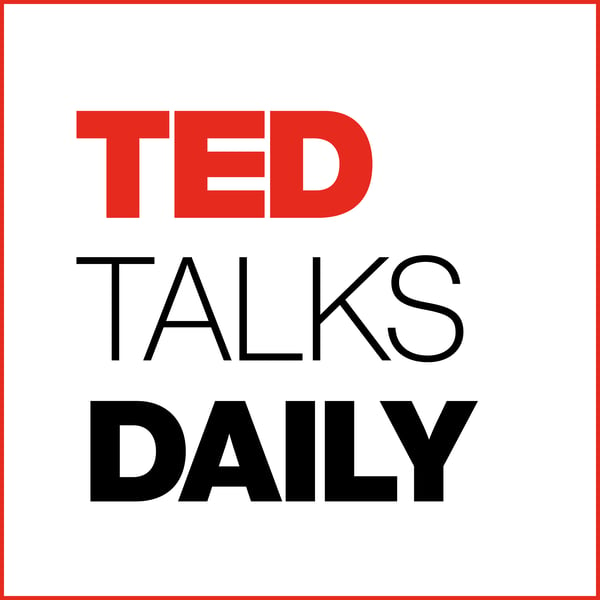A history of Indigenous languages — and how to revitalize them | Lindsay Morcom
TED Talks Daily
TED
4.1 • 11.9K Ratings
🗓️ 14 April 2020
⏱️ 14 minutes
🧾️ Download transcript
Summary
Hosted on Acast. See acast.com/privacy for more information.
Transcript
Click on a timestamp to play from that location
| 0:00.0 | It's TED Talks Daily, and I'm Elise Hugh. We don't typically think about the particular language we use beyond being understood, right? But today's talk from TEDx-Queen's You is a reminder. The languages we use do a lot more than just communicate meaning. They shape our minds, communicate cultural and environmental cues, |
| 0:23.6 | and contain stores of heritage. |
| 0:26.2 | All of that is in real danger when languages disappear, |
| 0:29.8 | especially for indigenous communities. |
| 0:32.5 | Language researcher Lindsay Morecam makes the case in her talk from 2019. |
| 0:39.4 | Deney Elder Dessain said, our language and culture is the window through which we see |
| 0:44.4 | the world. |
| 0:45.6 | And on Turtle Island, what is now known as North America, there are so many unique and |
| 0:50.7 | wonderful ways to see the world. |
| 0:52.7 | As a person of indigenous heritage, I'm interested in |
| 0:55.4 | learning a Nishnab M.O.1, which is my heritage language, because it lets me see the world through |
| 0:59.8 | that window. It lets me connect with my family, my ancestors, my community, my culture, and |
| 1:04.6 | lets me think about how I can pass that on to future generations. As a linguist, I'm interested in how language functions generally. |
| 1:13.7 | I can look at phonetics and phonology, speech sounds. |
| 1:16.8 | I can look at morphology or the structure of words. |
| 1:19.7 | I can look at syntax, which is the structure of sentences and phrases, |
| 1:23.0 | to learn about how humans store language in our brains |
| 1:26.7 | and how we use it to communicate with one another. |
| 1:30.6 | For example, a nishnabe-moan, like most indigenous languages, |
| 1:35.6 | is what's called polysynthetic, |
| 1:37.4 | which means that there are very, very long words composed of little tiny pieces called morphemes. |
| 1:43.8 | So I can say in a nishinaabe mowen, I eat, which is one word. |
... |
Transcript will be available on the free plan in -1813 days. Upgrade to see the full transcript now.
Disclaimer: The podcast and artwork embedded on this page are from TED, and are the property of its owner and not affiliated with or endorsed by Tapesearch.
Generated transcripts are the property of TED and are distributed freely under the Fair Use doctrine. Transcripts generated by Tapesearch are not guaranteed to be accurate.
Copyright © Tapesearch 2025.

